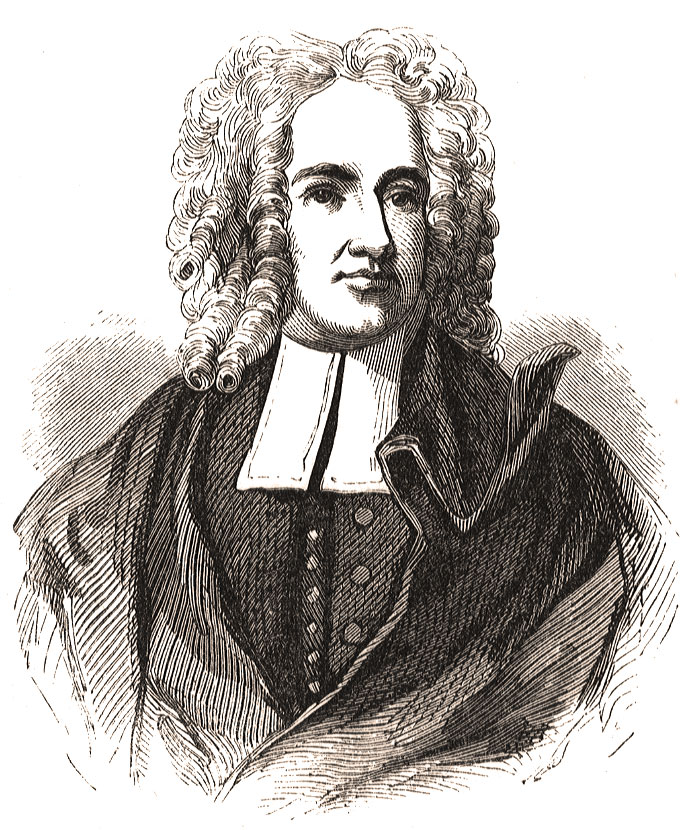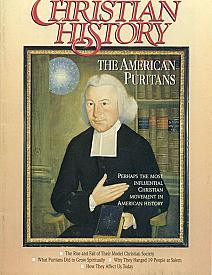DEMONS, LIARS, AND MINISTERS AT THE SALEM WITCH TRIALS

[Above: Cotton Mather.—Benson J. Lossing Eminent Americans. New York: Mason Bros, 1857. public domain]
IN JANUARY 1692, two children in Salem, Massachusetts, developed convulsions and uncontrollable screaming. Doctor William Griggs found nothing physically wrong and suggested bewitchment was at work. Once his premise was accepted, five other local girls exhibited similar symptoms. Late in February, authorities arrested three women for witchcraft, based in part on spectral evidence (dreams and visions).
Unsure how to proceed, Salem’s judges contacted nearby ministers. Twelve replied in a letter dated on this day, 15 June 1692. While they supported detection of witches, they cautioned that satanic testimony should not be accepted and urged “great tenderness” in cases where the accused had led otherwise blameless lives. They recommended as little public spectacle as possible and avoidance of unlawful tests. Spectral evidence, they said, was insufficient by itself for conviction.
[C]onvictions whereupon persons may be condemned as guilty of witchcrafts, ought certainly to be more considerable than barely the accused persons being represented by a spectre unto the afflicted, inasmuch as it is an undoubted and notorious thing that a demon may by God’s permission appear even to ill purposes, in the shape of an innocent, yea, and a virtuous man. Nor can we esteem alterations made in the sufferers, by a look or touch of the accused, to be an infallible evidence of guilt, but frequently liable to be abused by the devil’s legerdemains.
The outbreak would quickly end, they surmised, if the devil’s testimony (that is, things told by the devil to the “bewitched”) was not accepted. Yet they encouraged continued prosecutions.
Cotton Mather was the lead author of this letter. Nearing thirty years of age, he was interested in scientific questions and had investigated earlier “bewitchments.” He had even taken several “bewitched” children into his own home where they were cured. His writings showed credulity but also compassion both for those who claimed witch powers and their supposed victims.
However, the Salem judges used tortures to obtain confessions. (A common technique was to bind the accused for twenty-four hours in a contorted posture.) They posed questions worded so that whether the accused answered either “yes” or “no” they implicated themselves. Hearsay, conjecture, play-acting by the “bewitched,” past quarrels, spectral evidence, “unaccountable” accidents, tests such as reciting the Lord’s Prayer, and admissions extracted through promises of reduced sentences were accepted as evidence.
Not surprisingly lies and conjectures became “proof” of guilt. Contemporaries such as Thomas Brattle and Robert Calef denounced the procedures. Cotton Mather’s father, Increase Mather, said it would be better ten witches escaped than that one innocent person be condemned. Later, when the mania had died down, several witnesses retracted their testimony and some judges acknowledged they had acted wrongly. As Len Neihoff wrote, “The people of Salem believed that the devil was at work in their community. It turns out they were right—it just wasn’t the one they were after.”
Although the rules Mather had drafted were ignored, he wrote The Wonders of the Invisible World, vindicating several of the trials. This has led most historians to censure him. At best one can say he played a mixed role, and his scientific authority and credulity fueled the fire.
—Dan Graves
----- ----- -----
For another view of the trials, read "Witch Hunting in Salem" in Christian History #41, The American Puritans
and read the daily quote "Not a Witch."






